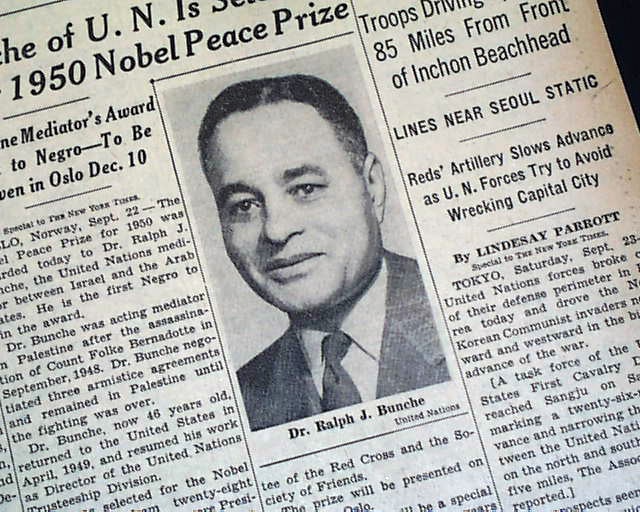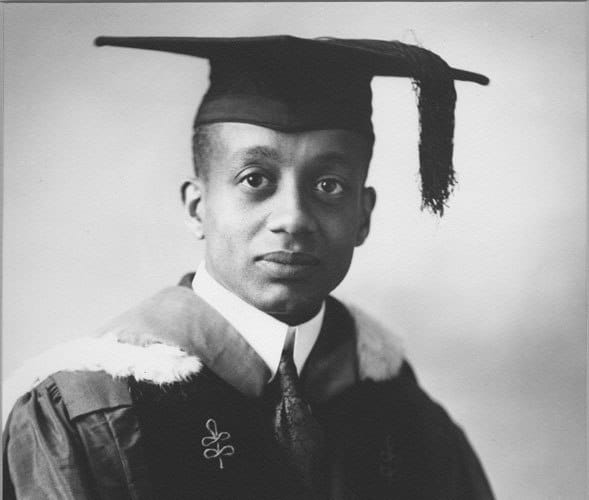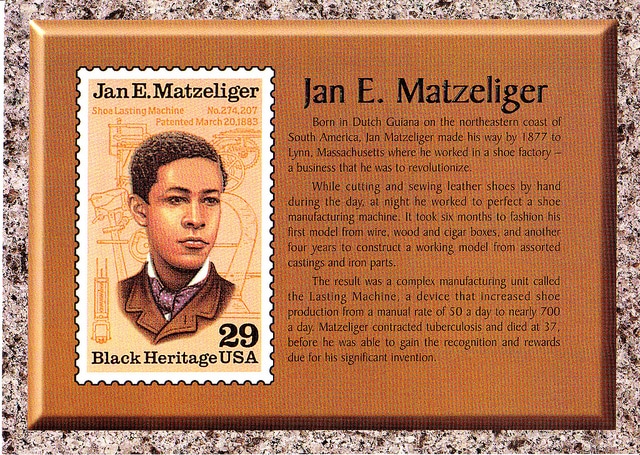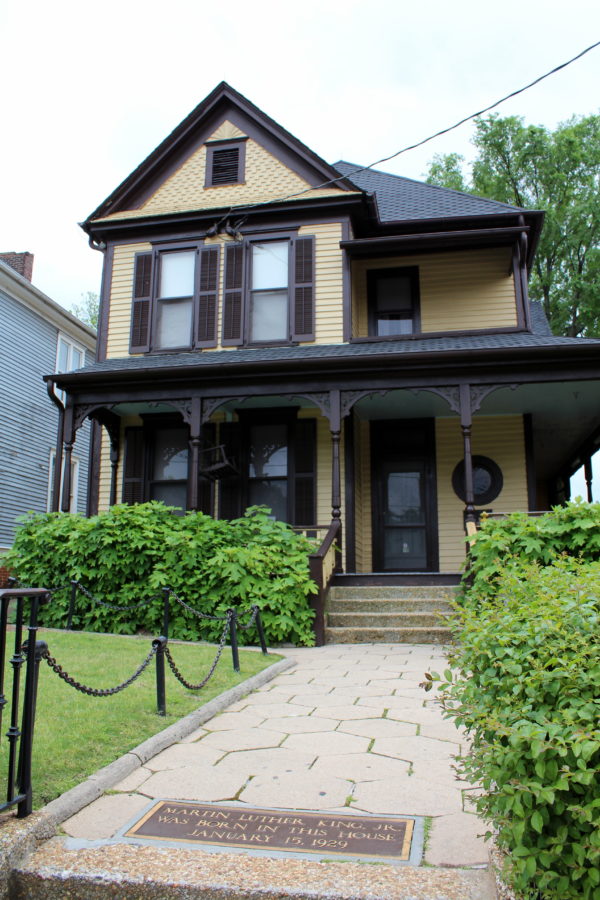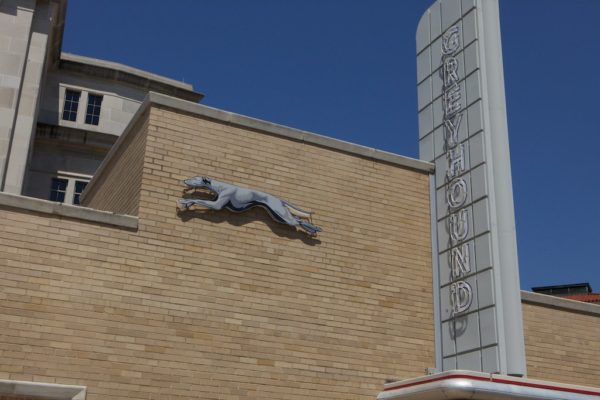Ralph J. Bunche
Detroit native Ralph J. Bunche was born Aug. 7, 1903, to Fred Bunche, a barber, and Olivia Agnes, an amateur musician. Bunche was a very intellectual student and brilliant debater, graduating valedictorian from his high school and going on to attend the University of California, Los Angeles, graduating summa cum laude. He also received his doctorate in political science from Harvard University. After graduation, he taught at Howard University and went on to do postdoctoral research at the London School of Economics and the University of Cape Town in South Africa. He worked abroad during World War II with the CIA and United Nations. Bunche and first lady Eleanor Roosevelt were considered instrumental in the creation and adoption of the U.N. Declaration of Human Rights. After his involvement in an attempt at resolving the Arab-Israeli conflict, he received the Nobel Peace Prize in 1950. He was the first African-American to receive the prize.
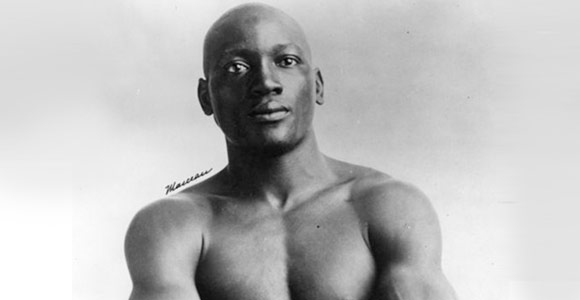
Jack Johnson
John Arthur “Jack” Johnson was born March 31, 1878, in Galveston, Texas. At the height of the Jim Crow era, Johnson became the first African-American world heavyweight boxing champion in 1908, continuing his reign through 1915. Johnson was arrested in 1912 for violating the Mann Act, a law used to prevent Black men from traveling with white women. According to David Pilgrim, curator of the Jim Crow Museum, while in prison, Johnson conceptualized and diagrammed a tool to help tighten loosening fastening devices. On April 18, 1922, he patented improvements to the wrench.
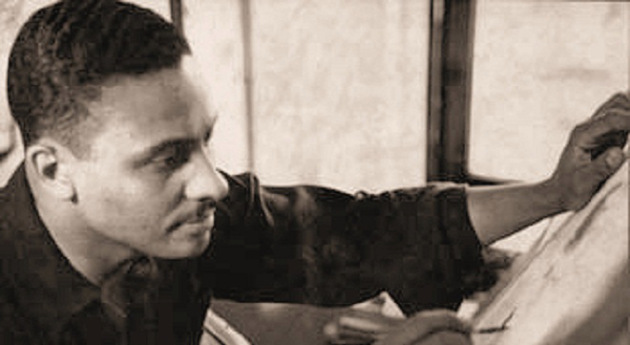
Elmer Simms Campbell
St. Louis native Elmer Simms Campbell was born on Jan. 2, 1906. Campbell saw success early when he won a nationwide cartoon contest in high school. After graduation, he attended the University of Chicago and the Art Institute of Chicago to further his studies. During his stint as a railroad dining-car waiter, he drew caricatures of the train riders. One passenger took notice and gave him a job in a St. Louis art studio. Campbell went on to contribute artwork to Esquire, The Chicagoan, Cosmopolitan, Ebony, The New Yorker, Playboy and Redbook. He was the first African-American cartoonist and paved the way for Blacks in the field.
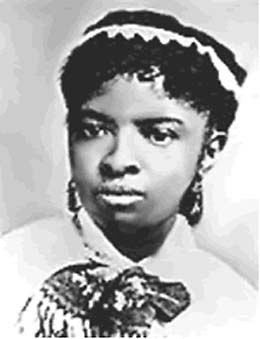
Rebecca Lee Crumpler
Born Rebecca Davis Lee in Delaware on Feb. 8, 1831, she was raised by her aunt in Pennsylvania and eventually moved to Charlestown, Massachusetts, to accept a position as a nurse. She worked as a nurse until she was accepted into the New England Female Medical College in 1860. Crumpler graduated in 1864 and was the first African-American woman in the United States to earn an M.D. and the only African-American woman to graduate from the New England Female Medical College.

